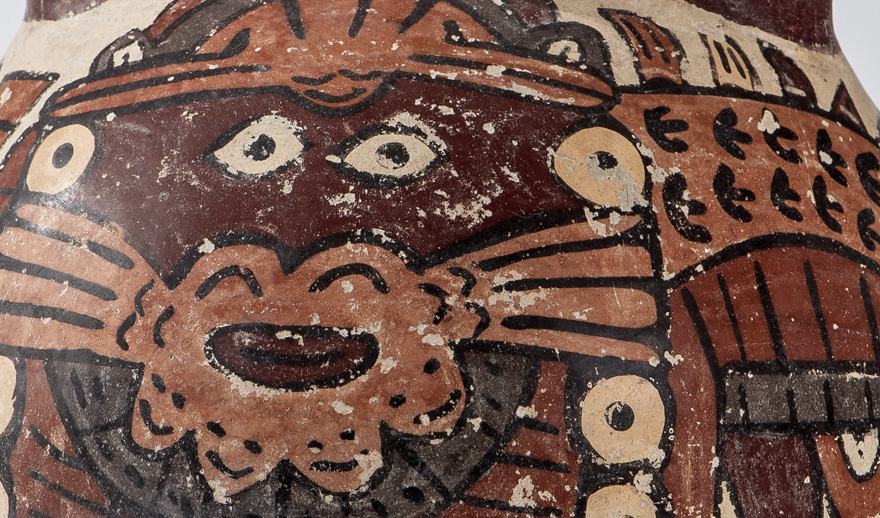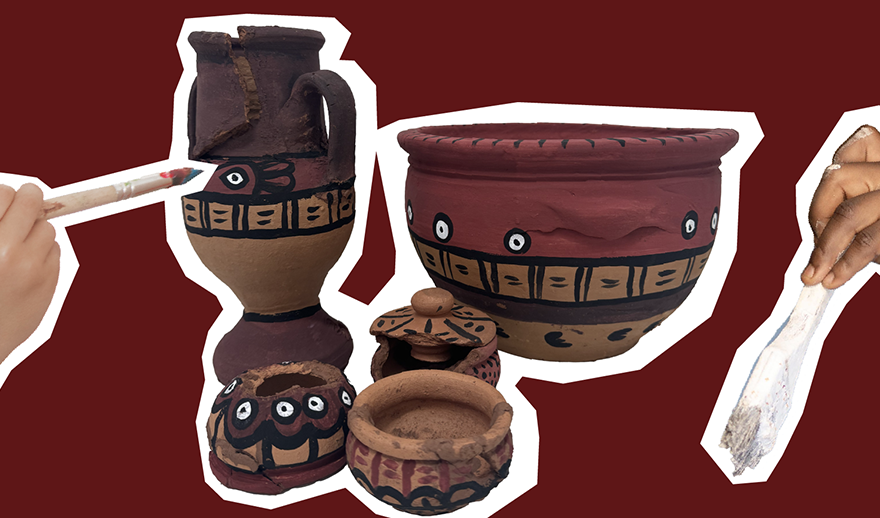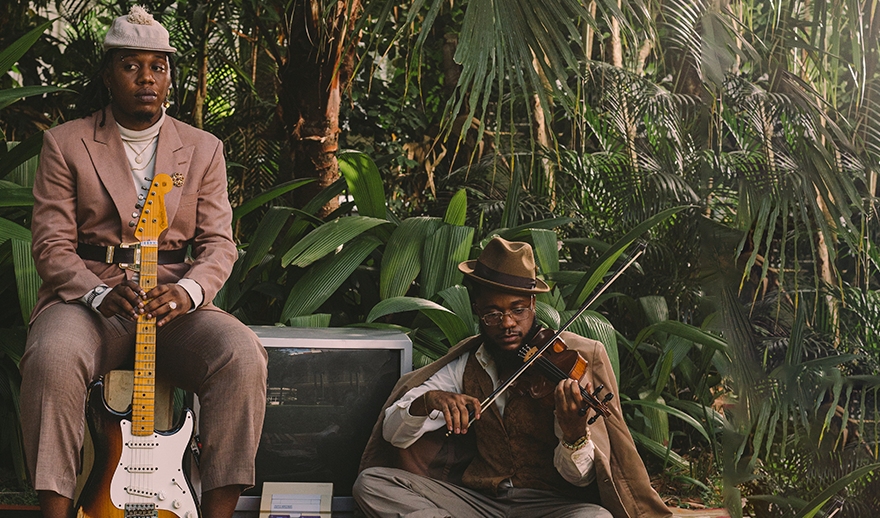Programação em cartaz

Exposição
Ateliê
de Restauro
A partir do dia 30 de abril, a Casa Museu Eva Klabin inaugura o Ateliê de Restauro. A iniciativa tem como objetivo ampliar o contato do público com os processos de restauração e conservação do acervo da casa. Neste ano, os visitantes poderão acompanhar de perto as práticas técnicas realizadas nas obras Pré-colombiana da nossa coleção. Confira!

Oficina
Oficina Experimental
de Restauro
No mês de maio, oferecemos a Oficina experimental de Restauro para toda a família!

Programação musical
Glenda Carvalho e Katia Balloussier
Concertos de Eva
Vem aí mais uma edição do ´Concertos de Eva´! No dia 10 de maio, receberemos Glenda Carvalho (violoncelo) e Katia Balloussier (piano) para o recital ´Contrastes modernistas: um legado duradouro´.

Programação musical
Yoùn
Pôr do sol
No dia 31 de maio, receberemos o duo YOÙN para a segunda edição de 2025 do projeto ‘Pôr do Sol’!

